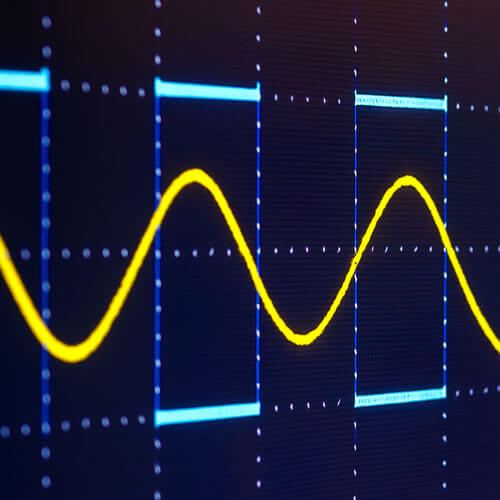We know that the risk of vehicle accidents on the road increases exponentially during heavy rain, fog and snowfall. According to the National Highway Traffic Safety Administration (NHTSA), the risk of a fatal accident is about 75% higher in heavy rain than in normal weather . Caltrans data shows that the risk of a fatal accident in foggy weather is more than double that of normal weather. Data from the province of Ontario, Canada, show that the risk of a crash on a snowy day is about 170 percent higher than on a sunny day. These serious data remind the traffic management to strengthen the road monitoring of extreme weather, so the road sensors become important tool to ensure traffic safety.
What are Road Sensors?
Road sensors are a collective term for a range of sensors that monitor road surface conditions, weather conditions, noise levels and vehicle information. They are usually installed on both sides of the road to monitor and collect real-time information such as water or ice on the road, visibility in foggy weather and so on. This data is uploaded to the traffic management department, alerting staff to clean up and repair in a timely manner to ensure the safety of vehicle movement.
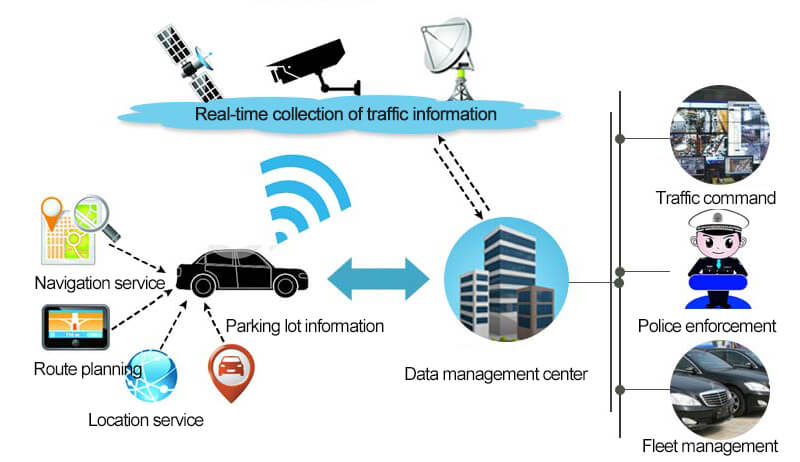
Types of Road Sensors
The data used to measure traffic safety usually includes weather information, roadway information, and vehicle information. This can effectively avoid traffic accidents. So the next section will give you more details about the types of road sensors.
Road sensors for weather monitoring
1. Temperature sensor
The temperature sensor can monitor the temperature of the road surface and the current environment to determine whether the road surface is icy or not. Temperature sensors for roads use infrared non-contact measurement, a remote sensing technology that does not damage the road surface. Infrared temperature sensor is the best choice where buried temperature sensor cannot be installed. Its installation process does not require road closure or cutting the road surface, which is both safe and convenient. It can be installed either on an existing weather station or on another building with an unobstructed view of the roadway.
2. Snow depth sensor
The snow depth sensor can monitor the real-time depth of snow on the road in snowfall weather, and facilitate the traffic management department to publish timely information on road conditions. Commonly used snow depth sensors have two kinds of laser measurement and ultrasonic measurement. Choose the laser distance measurement technology, through the temperature compensation to solve the temperature stability of the laser, the measurement accuracy is higher and good stability. Choose ultrasonic measurement technology, the measurement process of anti-interference ability is strong, fast response speed.
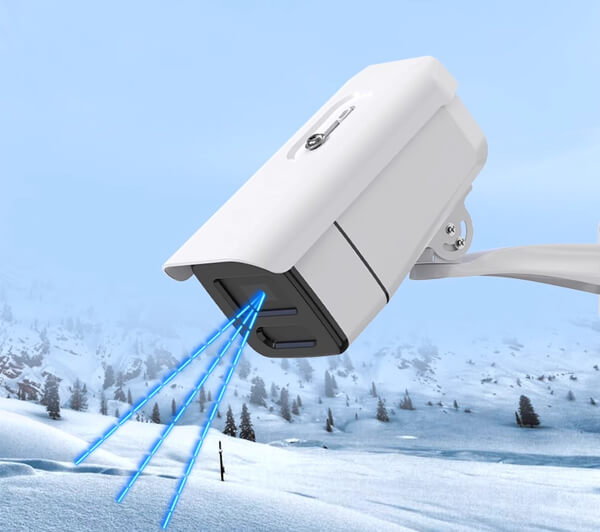
3. Visibility sensor
In foggy weather, the visibility sensor can provide real-time data, which can help the traffic management department to make a judgment on whether it is necessary to temporarily block certain roads with extremely low visibility. Because foggy weather on the road is prone to continuous tailgating accidents. The snow depth sensor adopts the 35° forward scattering principle, which can provide continuous and uninterrupted road surface information.
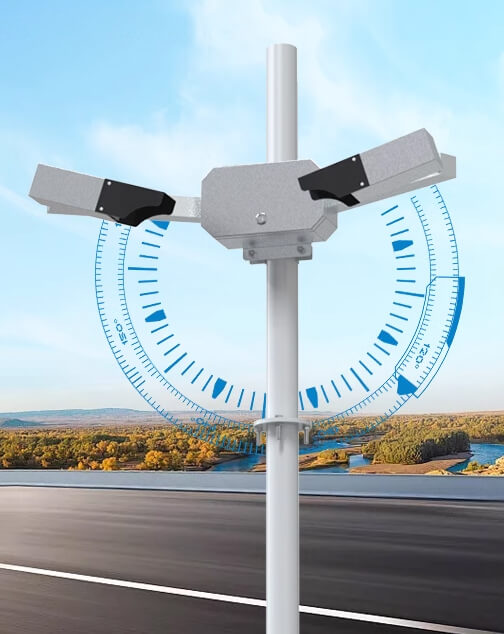
4. Rain gauge
The rain gauge is mainly used to measure the rainfall near the road, according to the real-time rainfall and total rainfall data to determine whether there is water on the road. In the fall and winter seasons, with the temperature sensor data, can determine whether the road surface ice phenomenon. Usually the rain gauge used for road monitoring is a tipping bucket rain gauge, installed on the weather station to provide accurate and reliable rainfall remotely.
5. Wind speed and direction sensor
Wind speed and direction are also elements used to measure traffic safety. There are two types of wind speed and direction sensors commonly used on traffic weather stations: mechanical wind sensors and ultrasonic wind speed and direction sensors. Mechanical wind sensors are stand-alone detection units that can be used in conjunction with each other or individually to measure wind speed or direction. The ultrasonic wind sensor is a one-piece structure, easy to install and accurate measurement.
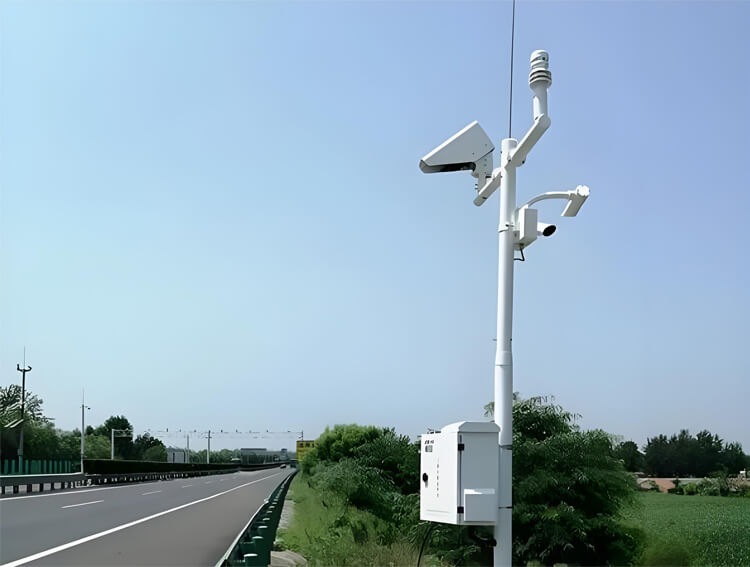
Road sensors for monitoring road surfaces
1. Friction sensor
Friction sensors are devices installed on the road surface to monitor whether the road surface is slippery or icy. There are three main types: infrared, resistive and liquid film. A car can drive over friction sensor without damaging it. In rainy and snowy weather, friction sensors can provide real-time road surface information for traffic management departments. It protects driving safety and reduces traffic accidents.
2. Waterlogging sensor
Installing a waterlogging detection station on roads with low terrain can help staff to clear road water in time to ensure traffic safety. Waterlogging sensor mainly has ultrasonic and radar two kinds of non-contact measurement principle. Ultrasonic waterlogging sensors are more widely used because they are installed in the ground and do not affect the traffic on the road.
Road sensors for monitoring vehicles
1. Radar sensor
In addition to the safety of the road environment, it is important to ensure that the speed of vehicles on the road complies with the law, thereby reducing traffic accidents caused by speeding. Radar sensors are installed alongside roads to detect the location, speed and number of vehicles. Not only can remind drivers to regulate driving, but also help traffic management departments to control the traffic flow, thus enhancing the road usage rate.
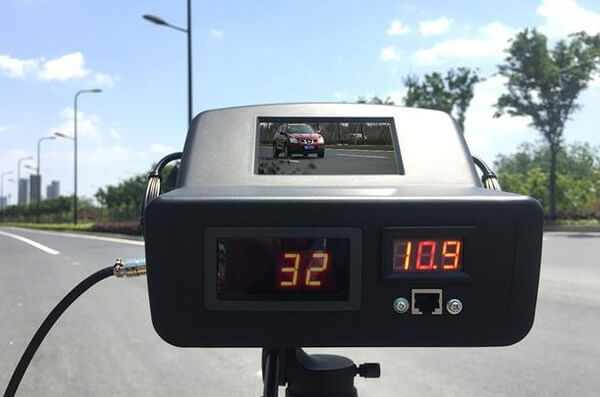
Weight sensors are mainly used to limit the passage of large vehicles, to avoid damage or even collapse of the road surface due to overloading. Weight sensors in the setting of prohibited values, taking into account the carrying capacity of the road surface, road conditions and traffic flow and other factors. Weight sensors can be categorized into dynamic and static types.
Road sensors for monitoring the environment
1. Noise sensor
Noise sensor is mainly installed near roads close to residential areas or public places. Prevent the noise generated by vehicles, affecting the surrounding residents living, students studying and workplace quiet.
Advantages and Challenges of Road Sensors
Advantages of road sensors
1. Data Sharing
The data monitored by road sensors is uploaded to the traffic management platform through the Internet of Things, and then shared by the traffic management department to individual drivers in real time. The communication between vehicles is effectively realized. On the one hand, it can help drivers choose the optimal driving route, and on the other hand, it can avoid the occurrence of large-scale traffic accidents.
2. Road planning
Road sensors installed in different sections of the road, real-time collection and transmission of traffic information, to provide accurate data for the traffic management department. The data can be used to analyze information such as traffic flow and vehicle density, thus helping the traffic management department to carry out reasonable road planning. Through the degree of traffic congestion shown in the data to adjust the signal time, guide traffic and improve traffic efficiency.
3. Ensure safety
Road sensors can provide real-time data on the road surface and the current regional weather. For roads that are damaged or in poor driving conditions, notify nearby drivers in a timely manner. At the same time, the alarm information will be sent to the traffic management department for timely repair or temporary closure. Do our best to minimize vehicle and personnel casualties.
Challenges of road sensors
1. Data handling
The first challenge is data management. The traffic data collected by various road sensors are huge and complex. How to store, manage and analyze these data efficiently is an issue that needs to be properly addressed. Secondly, how to protect the security and privacy of the data is also an issue since many measurement data involve personal privacy and other issues.
2. Device Stability
Reliability and stability challenges of roadway sensors. A complete traffic management system relies on a large number of road sensors, so whether the sensors operate properly or not directly affects the effectiveness of the whole system. When the statistical data will be deviated due to environmental factors and aging of some road sensors. This affects the normal operation of the whole traffic management system.
3. Cost
The cost of road sensors is also an important issue. The construction of a traffic management system requires a large amount of money, which involves the cost of installing, maintaining and updating road sensors. How to reduce these costs and improve the return on investment is a problem that needs to be solved.


